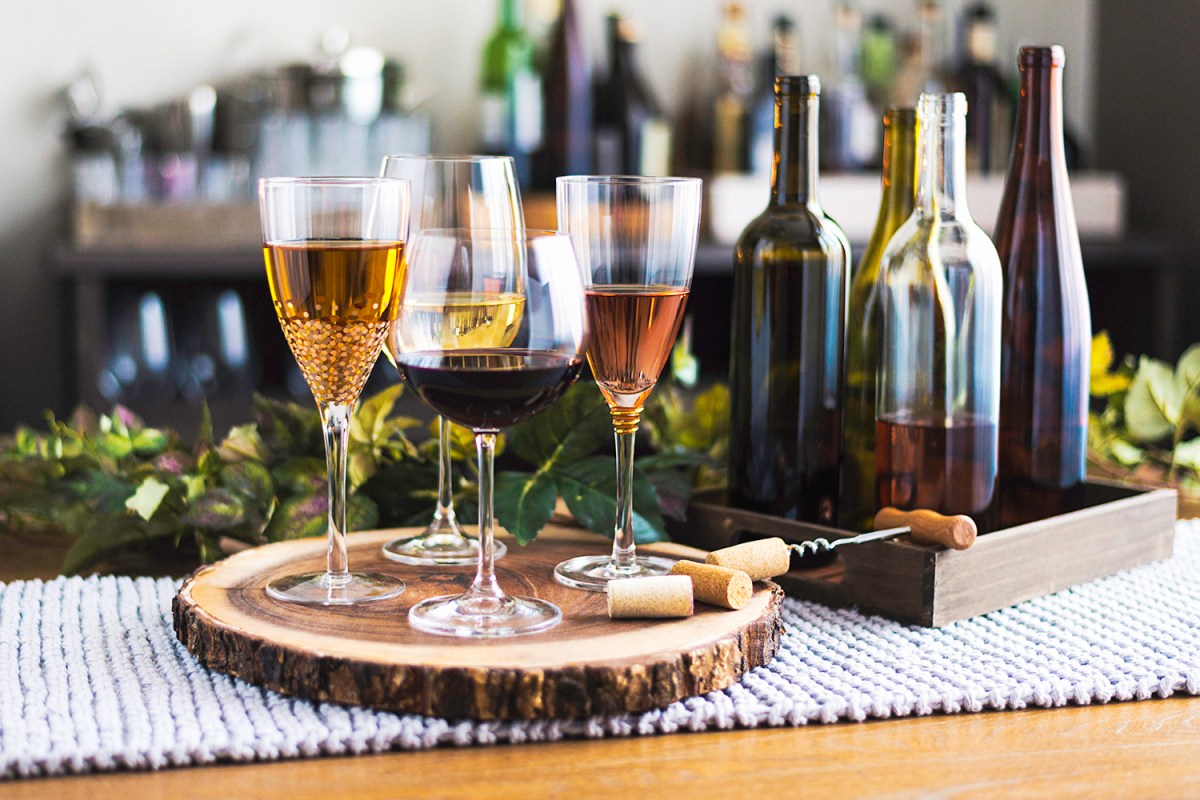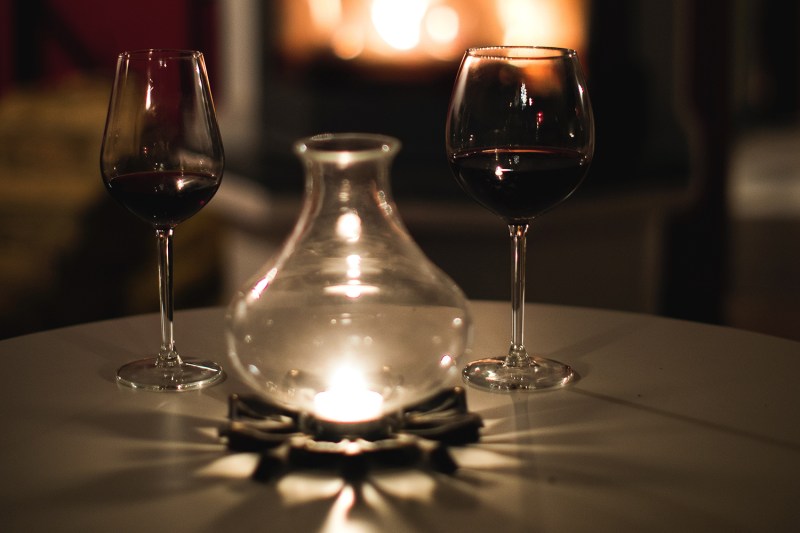Even among people who know and enjoy their wine, port can sometimes remain something of a mystery. It’s an usual flavor, with the tannin of a red wine but the sweetness of a liqueur, and it’s not that common as a regular dinner or bar staple. However, despite port’s somewhat stodgy associations with old men sipping glasses in front of the fire with a cigar in hand, port is a delicious and fascinating drink with as much complexity and interest to offer as any other type of wine.
It’s also enjoyed in its home country of Portugal as relaxed, easy drink to enjoy with friends in a casual setting before or after dinner, so it doesn’t need to be a stuffy affair. If you’re interested in trying out port, we’ve put together a guide on the key essentials you need to understand and enjoy this often-overlooked delight.
What is port wine?
Port is a fortified wine, which essentially means that it’s a careful blend of wine and spirit (in this case, brandy). The blending achieves two things: It makes the drink stronger (better for customers) and it makes the drink more shelf-stable (better for producers). Historically, though, the blending was done to achieve the simplest way to export wine cheaply and safely over long distances.
Because of the rich, syrupy liquid that results from the process of adding spirits to wine, however, port is located on a far corner of the wine world’s diagram along with other strong wines like Madeira, sherry, marsala, and vermouth. It can be used more or less in the same ways as those spirits: consumed straight, mixed in cocktails or punches, or as an ingredient in cooking when a recipe calls for a lot of flavor and a little de-glazing.

Styles of port
There are four main styles of port. They are:
White
A bright and fruity unaged white grape fortified wine. There are some older ones that can be consumed on their own, but most of the white port on the market today is best in cocktails. (You can read more about Porto Tónicos, the current most popular way to drink white port, here.)
Ruby
The most common style of port, it’s vibrant red and equally vibrant in flavor. Generally, they’re aged in steel or concrete tanks so they don’t take a lot of flavor from wood or oxidization. They can be used in cocktails and are great in punch recipes. Reserve Port is a particular subcategory of Ruby.
Tawny
Tawny ports are aged in oak barrels and mellow in flavor and color over time. They’re great neat as a dessert wine or as a casual beverage early on in the night. They’re typically aged about five years.
Vintage and late bottle vintage
Vintage ports are made entirely of grapes from a single vintage. The main difference between vintage and LBV is that the former is more expensive, coming from a year that is a Declared Vintage, which are years when the wine industry collectively agrees that they have had an exceptional harvest. LBV may not have notoriety, but it’s often significantly cheaper (and sometimes just as good) as regular Vintage port.
How to drink port
Vintage, LBV, and tawny ports belong in your hand, in a glass, on their own. With few exceptions, there isn’t a lot of reason to mix these beverages, though you will occasionally find tawny used in some cocktail recipes in place of vermouth (which we enjoy thoroughly).
We mentioned using ruby port in punch recipes, but one of our favorite drinks is the white port and tonic. It’s a simple half and half mixed drink, to taste (we like a little more tonic in ours). It’s good for day-drinking and surprisingly well balanced for warm or cold weather. A few drops of citrus bitters can spice it up, but, honestly, the traditional lemon, lime, or mint garnish is all you need.
What is the difference between red wine and port wine?
If you don’t often drink much wine, let alone port, we won’t judge you if you don’t know the difference between port and red wine. The two typically look pretty similar in the glass, but they have very different flavor styles and are drunk on different occasions. You do get white port, but typically when people talk about port they mean one of the version which is a fortified red wine, meaning that the port house has taken red wine and blended it with a stronger alcohol such as grape spirit. That means that port is significantly higher in alcohol content than red wine, which is why it typically comes in a much smaller glass.
The flavor and texture of the two are different as well. Red wines are typically dry and tannin-y, but port wine is sweet and more syrupy in texture. If you find red wine off-putting because it’s too dry for you, you might enjoy the sweetness of a port instead. This is also why red wine is very often served during meals, especially with rich foods like red meats. The hearty quality of the wine matches well with heavy food, but wine is still light enough to be sippable throughout a meal. Port, on the other hand, is typically drunk after diner. It can be enjoyed like a desert wine, in place of a desert or as an accompaniment to a cheese course. It’s much richer and heavier than wine, so it’s best drunk on its own or maybe with a small snack.
In the United States, port exists mainly as an occasional after-dinner treat for diners who are visiting restaurants. But in Europe, and particularly in Portugal, the home of port, it’s enjoyed in other contexts too. Mixed drinks made using port are popular, like a port and tonic, and it can even be used in cocktails such as in a twist on a negroni. It is also sometimes enjoyed as an apéritif before dinner, particularly the lighter white port, so it’s not something that’s exclusive for late at night.




